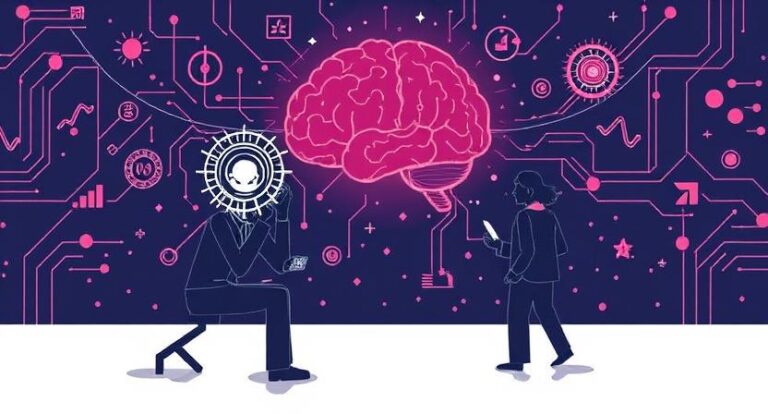In recent years, generative AI has emerged as a groundbreaking technology, pushing the limits of what machines can create and achieve. Unlike traditional AI systems that rely on fixed rules and patterns, generative AI uses advanced machine learning models, such as Generative Adversarial Networks (GANs) and transformers, to produce new, original content. This ability to generate text, images, music, and even code has opened up a world of possibilities across various industries. Let’s explore how generative AI is reshaping the landscape of innovation and creativity.
1. Revolutionizing Creative Industries
Generative AI has become a powerful ally for artists, musicians, and content creators. Tools like DALL-E and Stable Diffusion enable the creation of stunning visual art, while platforms like AIVA compose original music tailored to specific moods or styles. Filmmakers and game developers are using generative AI to design characters, environments, and scripts, significantly reducing production timelines and costs.
For example, Adobe’s Firefly integrates generative AI into graphic design, allowing users to create intricate designs with simple text prompts. This democratization of creativity empowers individuals and small businesses to compete with larger enterprises.
2. Transforming Healthcare
Generative AI is making waves in healthcare by aiding in drug discovery, personalized medicine, and diagnostics. AI models can simulate molecular structures and predict their interactions, accelerating the development of new drugs. Companies like Insilico Medicine use generative AI to identify potential drug candidates, cutting down research time from years to months.
Additionally, AI-powered tools generate synthetic medical data to train algorithms without compromising patient privacy. This is especially valuable in creating robust diagnostic models for rare diseases where real-world data is scarce.
3. Enhancing Education and Training
In education, generative AI personalizes learning experiences by creating tailored content, quizzes, and interactive simulations. Platforms like Khan Academy’s Khanmigo integrate AI to provide individualized tutoring, making education accessible and engaging for students worldwide.
Corporate training programs also benefit from generative AI. Simulations generated by AI allow employees to practice skills in realistic virtual environments, such as customer interactions, machinery operations, or emergency response scenarios.
4. Revolutionizing Marketing and Advertising
Generative AI is changing the game in marketing by automating content creation. Tools like Jasper and Copy.ai produce high-quality ad copy, blog posts, and social media content in seconds. These systems analyze audience behavior and generate personalized marketing campaigns, increasing engagement and conversion rates.
Moreover, AI-generated visuals and videos enable brands to craft compelling stories, capturing the essence of their products and services. Dynamic and data-driven content ensures marketers stay ahead in an increasingly competitive digital landscape.
5. Advancing Manufacturing and Design
In manufacturing, generative AI optimizes product design and supply chain management. AI-driven generative design tools explore countless design variations, identifying the most efficient and cost-effective options. Industries like automotive and aerospace use these technologies to develop lightweight and durable components.
Generative AI also enhances predictive maintenance by analyzing equipment data to forecast failures and recommend repairs. This minimizes downtime and improves operational efficiency.
6. Innovating Entertainment and Media
From creating realistic virtual worlds to generating lifelike digital avatars, generative AI is revolutionizing the entertainment industry. AI tools help writers brainstorm plots, dialogue, and characters for movies, TV shows, and video games. Streaming platforms use generative AI to curate personalized recommendations, keeping viewers engaged.
Virtual influencers, powered by generative AI, are gaining popularity on social media platforms, offering a novel way for brands to connect with younger audiences.
7. Ethical and Societal Implications
While generative AI holds immense potential, it also raises ethical concerns. Issues like copyright infringement, deepfake generation, and biased outputs need careful consideration. Companies and governments must collaborate to establish guidelines ensuring responsible AI use.
Transparency, accountability, and inclusivity should be the pillars of generative AI deployment. Public awareness campaigns and education initiatives are essential to mitigate misuse and build trust in this transformative technology.
Conclusion
Generative AI is not just a technological breakthrough; it is a catalyst for innovation across industries. By breaking traditional boundaries, it empowers individuals and organizations to achieve more than ever before. As we navigate its possibilities and challenges, one thing is certain: generative AI is shaping the future, and its impact will be felt for generations to come.







